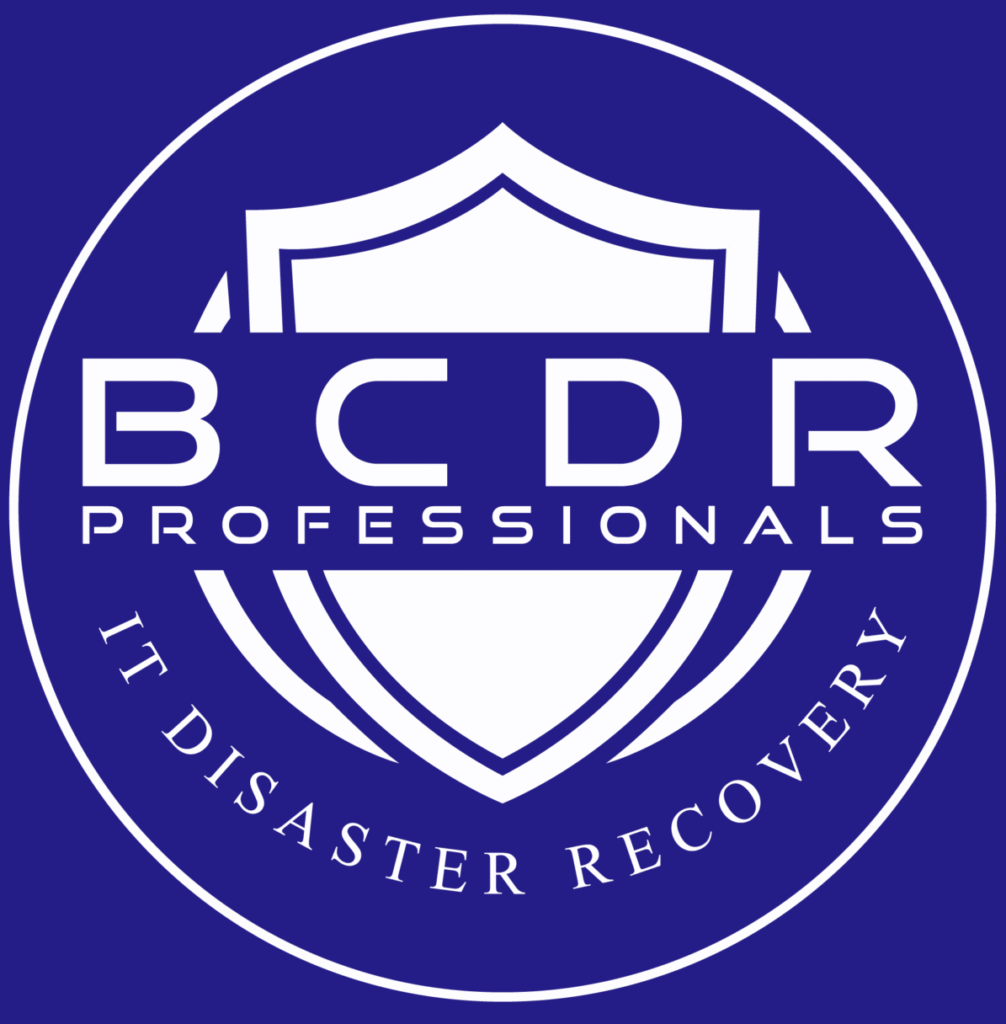In a world where even a few minutes of downtime can cost thousands, every business needs a plan to stay operational when things go wrong. That’s where Business Continuity and Disaster Recovery (BCDR) comes in, a strategy designed to keep your organization running smoothly through disruptions, whether it’s a cyberattack, power failure, or natural disaster.

At its core, BCDR is the combined approach to preparing for, responding to, and recovering from unexpected business disruptions.
It brings together two closely related disciplines:
Business Continuity (BC): focuses on maintaining essential business functions during and after an incident.
Disaster Recovery (DR): focuses on restoring data, IT systems, and infrastructure after the disruption occurs.
Think of business continuity as the “keep things running” plan, and disaster recovery as the “bring things back” plan.
In today’s digital world, downtime doesn’t just affect operations, it impacts reputation, customer trust, and revenue.
A single ransomware attack or cloud outage can halt productivity for hours or even days.
Minimal downtime and quick recovery from IT failures.
Protection of critical data against loss or corruption.
Compliance with industry regulations (like ISO 22301 or GDPR).
Business resilience even during global crises or regional disasters.
Simply put, it’s not about if disruption happens, but when.
An effective BCDR plan is more than just backups. It’s a structured framework that covers people, processes, and technology.
Identify potential threats — cyberattacks, hardware failures, supply chain issues, natural disasters, and measure their potential impact on operations.
Define Recovery Time Objective (RTO), how fast systems must be restored, and Recovery Point Objective (RPO), how much data loss is acceptable.
Regular, automated backups (on-site and cloud-based) ensure data can be recovered quickly.
During a crisis, who contacts whom?
A clear communication chain keeps employees, clients, and stakeholders informed.
Plans are only as good as their last test.
Regular BCDR drills and updates keep your strategy relevant.
Many people confuse BC and DR, but they serve different roles within the same framework.
| Aspect | Business Continuity | Disaster Recovery |
|---|---|---|
| Goal | Keep operations running during disruption | Restore systems after disruption |
| Focus | Processes, people, communication | IT systems, data, infrastructure |
| Timeframe | During & immediately after incident | After incident, once stable |
| Example | Remote work policy during outage | Restoring servers from backups |
Both sides are vital, continuity keeps the business alive, while recovery brings it back to full strength.
A proactive BCDR plan brings measurable advantages:
Reduced financial losses during downtime
Increased customer confidence and brand trust
Better compliance with data protection laws
Faster recovery and smoother operations
Competitive edge in industries where reliability matters
In short, it turns chaos into controlled recovery.
Imagine a mid-sized IT firm hit by a data center fire.
Without BCDR: operations halt for a week, clients move to competitors, and reputation takes a hit.
With BCDR: critical systems switch to cloud backups within hours, remote teams stay operational, and client service continues almost uninterrupted.
That’s the difference a good plan makes.
You don’t need an enterprise-sized budget to begin.
Start small:
Identify your most critical processes.
Back up essential data daily.
Document key contacts and roles.
Test your recovery plan quarterly.
Keep refining as your business evolves.
Even small improvements can dramatically reduce risk.
Business Continuity and Disaster Recovery (BCDR) isn’t just an IT checklist, it’s a business survival strategy.
By preparing for disruptions before they happen, you safeguard not just systems, but people, customers, and reputation.
If you’re ready to make your business resilient, start with a solid BCDR plan, and if you need guidance, our experts can help you build one tailored to your operations.
